If you’re in the market for an independent school – or a college for that matter – you will have seen your fill of those wonderful shiny brochures aka viewbooks that now primarily reside on websites. And as you read, you think Wow! This sounds good. Look at this stuff they do and how they care and how kids excel. And just look at how happy and diverse the faces are!
And you think: This must be just the place for my kid. It’s challenging! It’s safe! It nurtures the individual. It values community. The kids play sports; hang out with a cool teacher to discuss great books; look through microscopes; go on field trips; do good for others; throw pots and sing in the choir. Look at the nice furniture! The sparkly science center. And all the green grass to play on. And such a clever copy writer and a great photographer. Got to be good.
And then you look at the next one. And the next. And the confusion begins to set in. How to choose? They all look and sound so perfect. What makes any one stand out? They can’t all be the same. Can they?
It’s a problem for schools. They are actually incredibly varied and each has a distinct personality. It something you know when you see it. But how to convey that? How to convert what you actually do to transform kids lives in ways that sound different from the school down the road. Wayward Academy is very different from St Ethelred’s but it’s possible you won’t see that from the brochures.
So – how to capture that culture – the ineffable that you know when you have it but just can’t seem to describe or name. Sometimes it takes an outsider to give you the prompts. Just as the fish takes the water in which it swims for granted, those inside a school culture often do not realize what it is they have.
It starts with the values and with naming the values. And then with the ceaseless ongoing discussion about their expression and how that expression changes with circumstances but stays rooted at the core.
If the values of a school drive the policies and practices and guide the systems and structures, then bringing those values up to the forefront is the essential first step: Surfacing the: “This is where we stand” – and “These beliefs drive our thinking and decisions.”
Where Education is Life – Not Lessons
Here’s a school with a unique take on life that expresses its values through everything it says and does. First that tag line: Where Education is Life – Not Lessons. That tells you straight off that this school does not aspire to be a test-prep factory.
And here’s the philosophy: Note the prime placement of the word “happiness”:
The School is based on the principle that children grow best intellectually and socially when they learn in an environment characterized by happiness, creative activity, educational understanding, and mutual service, and that such learning becomes more effective in proportion as it springs from the whole-hearted purposing of the learner.
The school’s principles, beliefs and purpose are clear:
1. To acquaint children with the realities of life: with due regard to the maturity of their under-standing,
2. To make the daily community life a part of the educational process by broadening the range of experience, and by the mutual sharing of duties.
3. To maintain between the students and teachers a relation of comradeship and joint experience. To utilize group or community processes, in which both students and teachers share, and the spirit resulting there from, as the basis of discipline.
5. To develop initiative and self direction among pupils by encouraging them to assume individual and group responsibility,
6. To use the creative approach to learning, realizing that students learn through doing, and that subject matter is most effectively introduced in relation to specific needs, and not according to an a prior sequence of knowledge.
7. To utilize to the full the educational possibilities inherent in the natural environment of the school and the care of living and growing things.
8, To encourage esthetic expression through play, drawing, designing, painting, modelling, sculpturing, music, dancing, drama, and other forms of art, as well as through ways of living.
9. To cultivate in the students an independent, scientific habit of mind, critical, yet tolerant of new ideas and the opinions of others.
10. To keep students in touch through discussions and actual contact, with the broad environment of American economic life in which they will some day be called upon to take their places.
Now check out the photographs: There’s the baseball team; kids planting a spring garden; an academic class outdoors; children dancing, damning a stream and building with sticks. So there’s emphasis on academics, athletics, self-sufficiency, agriculture, the natural world, engineering, and playtime choice.
Is there a dress code?
Clothing
The children require no elaborate equipment of clothing, but must be provided with adequate protection against cold and inclement weather. This includes sweaters, and rubber boots, water-proofed shoes or overshoes. Each article of clothing must be distinctly marked with the child’s full name, In addition each child should be provided with a darning or mending equipment. The school assumes no responsibility for the safe keeping of all such articles, although reasonable and regular supervision over them is maintained.
There’s a commitment to affordability; a differential tuition scale; and careful attention to health and good nutrition: It’s a boarding school so students are ensured of plenty of sleep, rest time and healthy food with “fresh vegetables when possible from our own garden”. Students are divided by age groups and provided with formal work in Social Sciences, the Natural Sciences, Language and Literature, Mathematics, the Arts and Crafts, Music, and Agriculture.
How’s it all sound so far? What do the kids do for fun?
Recreation
The School seeks to surround its children with happy, homelike associations, and stresses all recreation which is joyous, playful and sane,– in other words truly re-creative. Hiking, picnicking, winter sports, such as skating, sledding, skiing, logging and wood cutting,baseball, touch football, horseback and pony riding, care of pigeons, dogs, cats, chickens and ducks, as well as the larger farm animals, and swimming when the weather permits, are the most important forms of outdoor recreation which (our) ideal location provides. For the winter months, and during indoor hours, community singing and reading, preside poetry parties, dramatic productions, dancing, orchestra work, moving pictures, as well as basket ball and other gymnasium games, are all popular and valuable assets in the school’s community life, Outdoor construction projects also furnish a valuable form of constructive recreation. Last year, during recreation time, the children with faculty initiation and help, built two concrete dams, one furnishing an admirable swimming pool for summer, the other damming the lower meadow for a winter skating pond.
This particular school has an even more particular niche and sets itself apart in this way:
…distinguished from other creative activity schools in one important respect. It aims to equip individuals with the knowledge, inspiration, and power necessary to establish a social order based on a proper appreciation of labor, to interpret the new education movement to the American labor movement, and to interest it in a revaluation of child education. In other words, it aims to become a laboratory school of the American labor movement.
This school had a distinct mission and set of articulated values that freed it from the pressure to conform. It could be itself and live out its beliefs and express those values clearly and plainly. Its very name sends a clear message: The Manumit School in Pawling, N.Y.
Manumit means release from slavery; set free. And the Manumit School had a clear mission and dedicated to the service of the labor movement and to a just, equitable and integrated society. It declared itself a “A Country Boarding School for the Children of Organized Labor”.
A world order based upon justice and co-operation, in which the individual may find freedom, is the end for which the labor movement is working; and for which certain educators, philosophers, and idealists hope. Before this goal can be attained, fundamental changes and adjustments must be made in our social and industrial life, In the reshaping of these conditions, education is one of the most potent factors, But it must be education that will truly equip men and women with the knowledge, inspiration, and power necessary to rebuild institutions and mold ideas.
There were no servants at Manumit:
The faculty and students share in all of the work essential to the running of the school. Inside and outside work duties are part of the daily routine. Children participate in the care of the animals, in gardening and domestic science, and often assume complete responsibility for some particular job, such as the care of a horse or pony, milking a cow, or ploughing a field, when such responsibility is justified. The children soon learn the importance of being good co-operators. Co-operation is the keynote of Manumit community life.
Manumit was proud of its diversity and kept statistics:
The staff is as cosmopolitan as the student body. It … has included Chinese, Nisei, American Negro, American Indian, English, Czechoslovakian, Scandinavian…German and Austrian anti-nazis [sic.] along with many members of the so-called old American group…. Judaism, Catholicism, Quakerism and Ethical Agnosticism as well as Protestantism are stimulatingly included in the backgrounds…
… growth toward its interracial ideal was no mere token thing… Negro children had reached 14%;” children of Asian descent had reached 8%. … The complete respect for human beings as human beings and for their backgrounds as important parts of their personalities, the lack of prejudice of racial nature…are so taken for granted that the administrator whose job it is to maintain this enriching heterogeneity is often the only person who continues conscious of it.
Anyway – it all makes for a fascinating story of a school. And you can read it about it here and elsewhere. And the more you read the more it seems that anyone was anybody in the progressive politics of the Manumit School era either taught there or enrolled their children,
No school is perfect for everyone but assuming access to plenty of books I think I might have enjoyed a year or so there. How about you?
Ok you say – that was then and Manumit had a distinctive niche with a unique mission. What about the rest of us struggling to stand out in a sea of sameness?
And that – as they say – is a story for another time.
Meanwhile – because every post should have a poem – here is something from the Portuguese poet Fernando Pessoa that speaks directly to the issue:
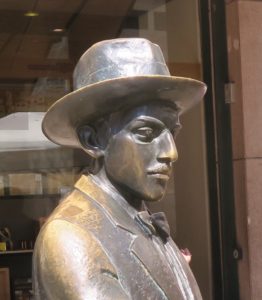
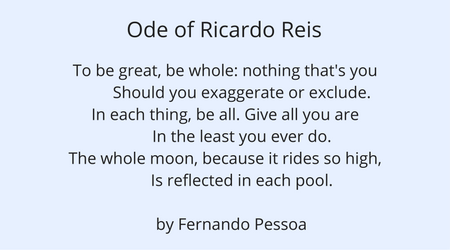
Ricardo Reis was of course Pessoa himself. He had a habit of writing under the names of characters he invented. He called these imaginary figures heteronyms.
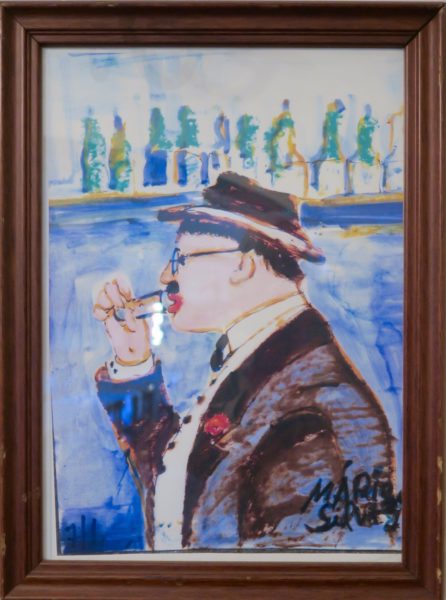
What you don’t want to be: An identical version of the school next door and of unknown origin..
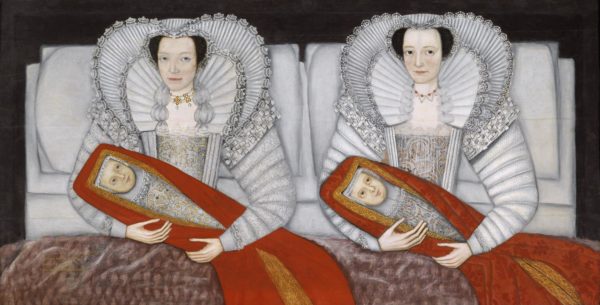
Cholmondeley is pronounced ‘Chumley’. Two young women sitting up in bed, fully dressed, each holding an infant. They are traditionally said to be sisters, although the different colored eyes of the ladies and children show that they are not identical twins. Their hands are at different angles also. But apart from that they seem very much the same. Who they were – who painted them is unknown.
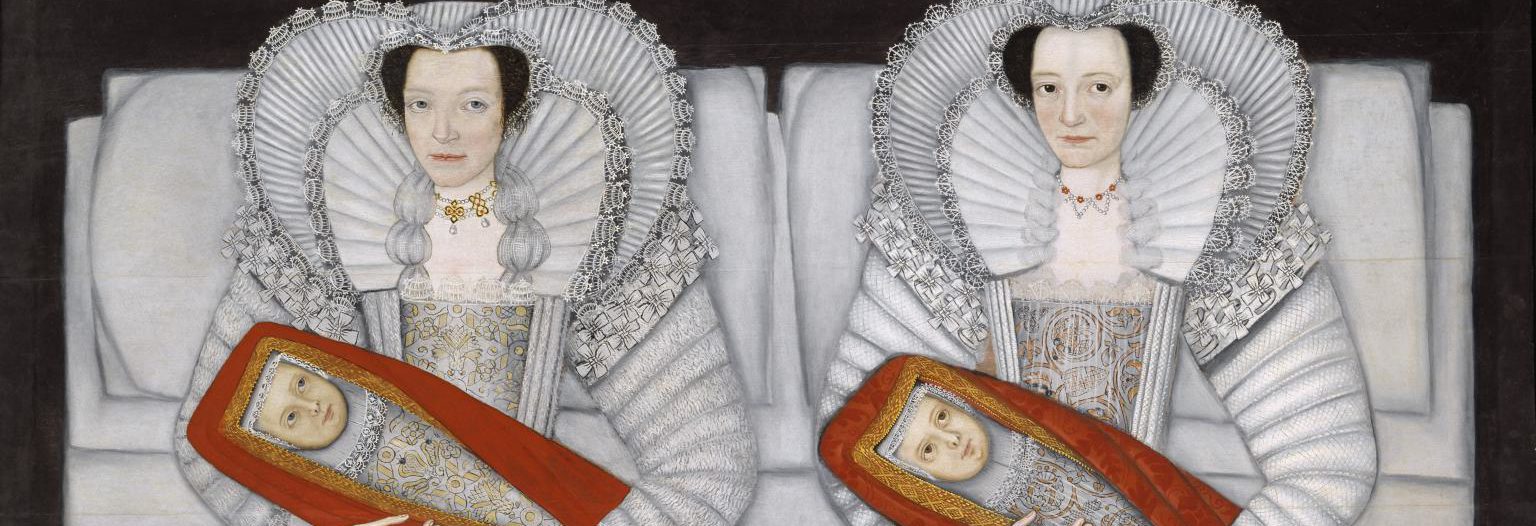


Damn it Josie, as right on as ever! Keep it posting.